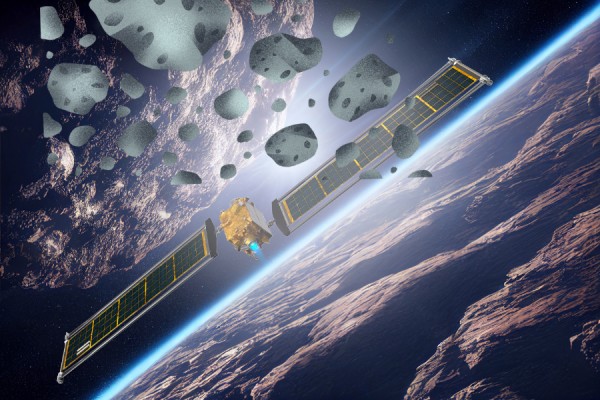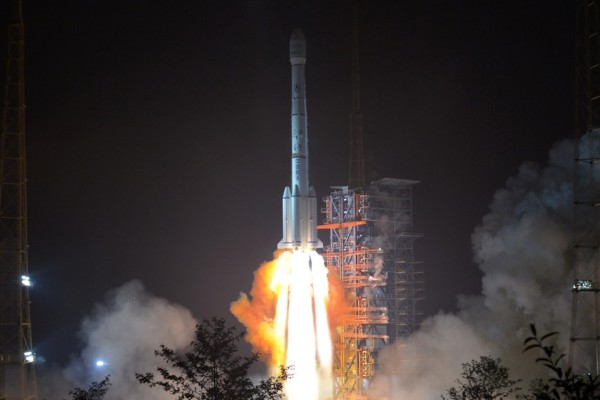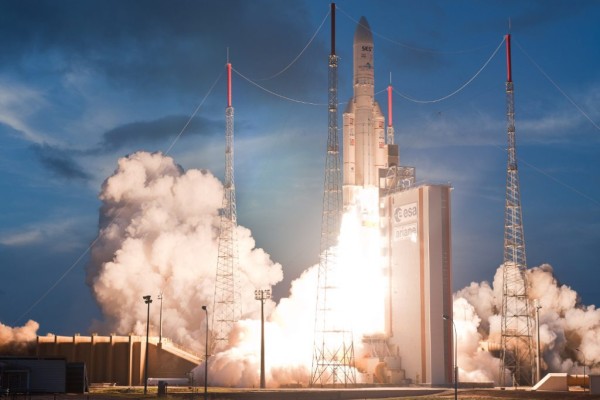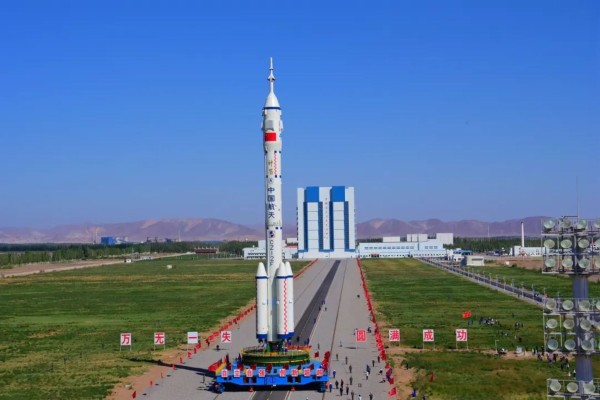- Space
- 1 year before
Atlas V: America's Flexible and Powerful Rocket in Space
Unveil the Atlas V rocket: America's preferred choice for NASA missions, commercial ventures, and national security payloads. A legacy of success in space.
-

- 1 year before
- Category: Space

Atlas V: America's Versatile Launch Vehicle
Design and Specifications
The Atlas V is a modular launch vehicle system developed and operated by United Launch Alliance (ULA). It consists of a Common Core Booster (CCB) first stage powered by an RD-180 main engine and a Centaur upper stage with one or two RL10 engines. The Atlas V offers two payload fairing options with diameters of 4 meters and 5 meters. With a total height of 58.3 meters, the Atlas V can lift payloads ranging from 8,210 to 18,850 kilograms to low Earth orbit and 4,750 to 8,900 kilograms to geostationary transfer orbit.
Achievements and Important Missions
The Atlas V has been instrumental in numerous significant NASA missions, including the Mars exploration rovers Curiosity and Perseverance, the Juno Jupiter probe, and the New Horizons Pluto probe. It has also successfully launched numerous commercial and national security satellites into orbit. Additionally, the Atlas V was used in test flights of Boeing's Starliner spacecraft.
Impact on the Space Industry
The Atlas V's flexible configuration options and high reliability have made it a preferred choice for commercial and government customers. ULA's Atlas V has played a vital role in advancing space exploration and research. As a cornerstone of America's space launch capabilities, the Atlas V has supported both scientific exploration and commercial and national security missions. Its powerful thrust capacity, versatility, and proven performance have cemented its place in the history of space exploration.





